What is the difference between an Araucana and Ameraucana chicken? If you’re confused, you’re not alone. Even the experts disagree on some aspects of the histories of these breeds. I hope the following clears up a few of the basics.
ARAUCANAS
Araucanas were recognized by the American Poultry Association (APA) as a breed in 1976. They are blue egg layers with yellow skin, no tails, no beards and no muffs. Araucanas can possess ear tufts, which are feathers that grow from a slender, fleshy flap just below the ear. The APA recognizes five colors of Araucana: Black, Black Breasted Red, Golden Duckwing, Silver Duckwing and White.
Araucanas are frequently confused with Ameraucanas and Easter Eggers, not only due to misinformation, but often knowingly by unscrupulous sellers. Araucanas are rare in the United States, likely due to the genetic challenges in breeding. The tufted gene in Araucanas is a lethal gene. Two copies of the gene cause nearly 100% mortality in offspring (usually between days 18-21 of incubation). Because no living Araucana possesses two copies of the tufted gene, breeding any two tufted birds leads to half of the resulting chicks being tufted with one copy of the gene, one quarter of the chicks being clean-faced with no copy of the gene, and one quarter of the embryos dead in the shell, having received two copies of the gene.
http://www.ansi.okstate.edu/breeds/poultry/chickens/araucana/
http://www.araucana.net/
AMERAUCANAS
Ameraucanas have been bred from different strains of Araucanas since at least 1960 in the United States. The American Poultry Association recognized Ameraucanas as a breed in 1984. For an extraordinarily thorough and fascinating history of Ameraucanas, click here. Ameraucanas lay blue eggs. Other traits include a pea comb, white skin, full tails, muffs and beards (always together), and slate or black legs; they have no ear tufts. The APA recognizes these colors: Black, Blue, Blue Wheaten, Brown Red, Silver, Wheaten and White.
While Ameraucanas are more common in the United States than Araucanas, they are available primarily through reputable breeders. If you are in the market for Ameraucanas and see an advertisement for “Americanas,” be forewarned: there is no such breed. There is no “I” in Ameraucana. The misleading spelling is usually intended to imply that that Easter Eggers are Ameraucanas, which is wrong on many levels.
EASTER EGGERS
The terms “Americana” and “Americauna” are a marketing tactics for selling hybrids known as Easter Eggers with spelling deceptively similar to the Ameraucana breed name. EEs are not an APA recognized breed, they are a mix of different breeds with one parent carrying a blue egg-laying gene. According to the Easter Egg Club of America, EEs are “the most popular chicken in America today.”*Easter Eggers can lay a rainbow of egg colors, including: any hue of blue or brown or any combination of the two. Traits include pea combs and wattles that are either small or absent, usually possess greenish legs and beards with muffs. EEs are found in an infinite array of feather colors, which makes them a beautiful and unique hybrid chicken.
EEs, sometimes referred to as ‘Rainbow Layers,’ are essentially descendants of Araucanas and Ameraucanas on one side of the family, and any other breed on the other side of the family. Easter Eggers do not breed true. To ‘breed true’ means that purebred chicks resemble both parents.
The surest indications that a seller is offering Easter Eggers for sale are:
- Easter Eggers will not have a color variety to choose from. In other words, you can’t choose a buff Easter Egger, a white Easter Egger, a blue Easter Egger, a lavender Easter Egger, etc. because they do not breed true. Only pure bred birds will be labelled for sale with a choice of color varieties.
- Easter Eggers will cost less than $10 dollars per chick. Pure bred birds are much more costly than $3.00
- Easter Eggers are often mislabelled “Americana, Americauana, Araucana/Ameraucana, Americana/Easter Egger” or some similarly confusing name.
OLIVE EGGER
An Olive Egger is a specific type of Easter Egger, that is produced by crossing any dark brown egg-laying breed (Barnevelder, Empordanesa, Marans, Pendesenca or Welsummers) with a blue egg-laying breed (Ameraucanas, Araucanas, Cream Legbars). Hens produced from these pairings are hybrids that will produce olive green eggs.
Kathy Shea Mormino
Affectionately known internationally as The Chicken Chick®, Kathy Shea Mormino shares a fun-loving, informative style to raising backyard chickens. …Read on


shop my SPONSORS
What is the difference between an Araucana and Ameraucana chicken? If you’re confused, you’re not alone. Even the experts disagree on some aspects of the histories of these breeds. I hope the following clears up a few of the basics.
ARAUCANAS
Araucanas were recognized by the American Poultry Association (APA) as a breed in 1976. They are blue egg layers with yellow skin, no tails, no beards and no muffs. Araucanas can possess ear tufts, which are feathers that grow from a slender, fleshy flap just below the ear. The APA recognizes five colors of Araucana: Black, Black Breasted Red, Golden Duckwing, Silver Duckwing and White.
Araucanas are frequently confused with Ameraucanas and Easter Eggers, not only due to misinformation, but often knowingly by unscrupulous sellers. Araucanas are rare in the United States, likely due to the genetic challenges in breeding. The tufted gene in Araucanas is a lethal gene. Two copies of the gene cause nearly 100% mortality in offspring (usually between days 18-21 of incubation). Because no living Araucana possesses two copies of the tufted gene, breeding any two tufted birds leads to half of the resulting chicks being tufted with one copy of the gene, one quarter of the chicks being clean-faced with no copy of the gene, and one quarter of the embryos dead in the shell, having received two copies of the gene.
http://www.ansi.okstate.edu/breeds/poultry/chickens/araucana/
http://www.araucana.net/
AMERAUCANAS
Ameraucanas have been bred from different strains of Araucanas since at least 1960 in the United States. The American Poultry Association recognized Ameraucanas as a breed in 1984. For an extraordinarily thorough and fascinating history of Ameraucanas, click here. Ameraucanas lay blue eggs. Other traits include a pea comb, white skin, full tails, muffs and beards (always together), and slate or black legs; they have no ear tufts. The APA recognizes these colors: Black, Blue, Blue Wheaten, Brown Red, Silver, Wheaten and White.
While Ameraucanas are more common in the United States than Araucanas, they are available primarily through reputable breeders. If you are in the market for Ameraucanas and see an advertisement for “Americanas,” be forewarned: there is no such breed. There is no “I” in Ameraucana. The misleading spelling is usually intended to imply that that Easter Eggers are Ameraucanas, which is wrong on many levels.
EASTER EGGERS
The terms “Americana” and “Americauna” are a marketing tactics for selling hybrids known as Easter Eggers with spelling deceptively similar to the Ameraucana breed name. EEs are not an APA recognized breed, they are a mix of different breeds with one parent carrying a blue egg-laying gene. According to the Easter Egg Club of America, EEs are “the most popular chicken in America today.”*Easter Eggers can lay a rainbow of egg colors, including: any hue of blue or brown or any combination of the two. Traits include pea combs and wattles that are either small or absent, usually possess greenish legs and beards with muffs. EEs are found in an infinite array of feather colors, which makes them a beautiful and unique hybrid chicken.
EEs, sometimes referred to as ‘Rainbow Layers,’ are essentially descendants of Araucanas and Ameraucanas on one side of the family, and any other breed on the other side of the family. Easter Eggers do not breed true. To ‘breed true’ means that purebred chicks resemble both parents.
The surest indications that a seller is offering Easter Eggers for sale are:
- Easter Eggers will not have a color variety to choose from. In other words, you can’t choose a buff Easter Egger, a white Easter Egger, a blue Easter Egger, a lavender Easter Egger, etc. because they do not breed true. Only pure bred birds will be labelled for sale with a choice of color varieties.
- Easter Eggers will cost less than $10 dollars per chick. Pure bred birds are much more costly than $3.00
- Easter Eggers are often mislabelled “Americana, Americauana, Araucana/Ameraucana, Americana/Easter Egger” or some similarly confusing name.
OLIVE EGGER
An Olive Egger is a specific type of Easter Egger, that is produced by crossing any dark brown egg-laying breed (Barnevelder, Empordanesa, Marans, Pendesenca or Welsummers) with a blue egg-laying breed (Ameraucanas, Araucanas, Cream Legbars). Hens produced from these pairings are hybrids that will produce olive green eggs.



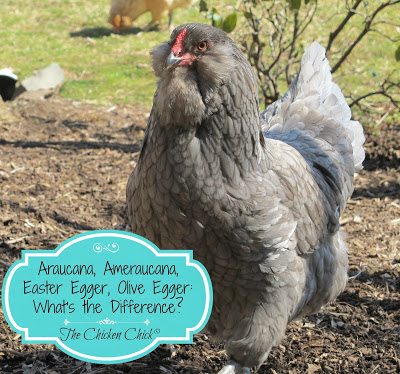

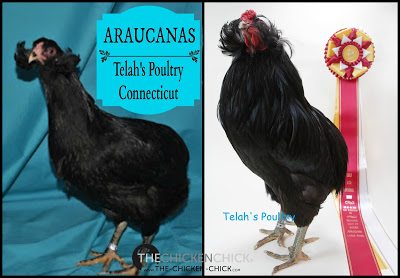
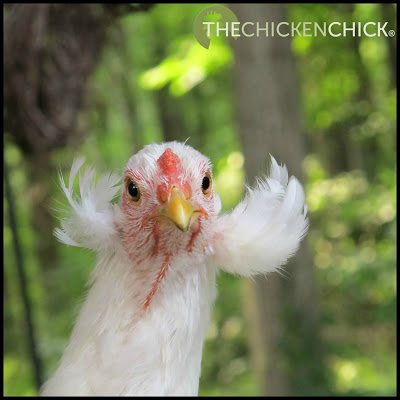
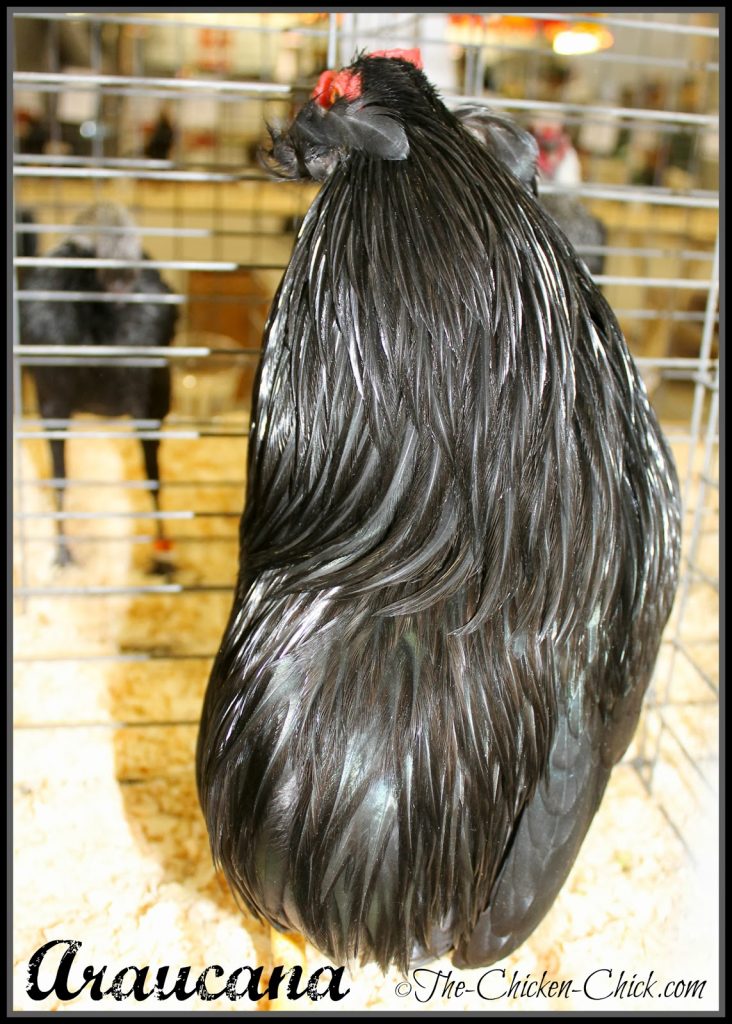
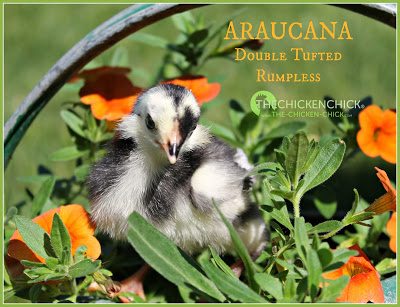
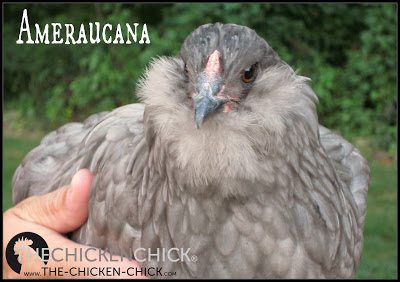
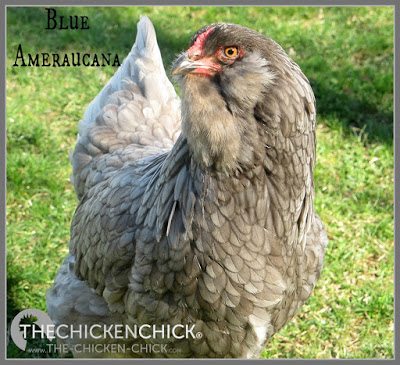
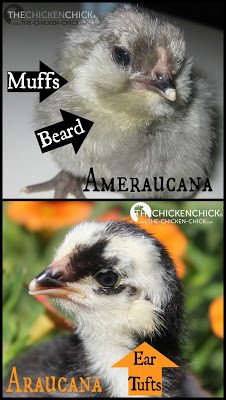
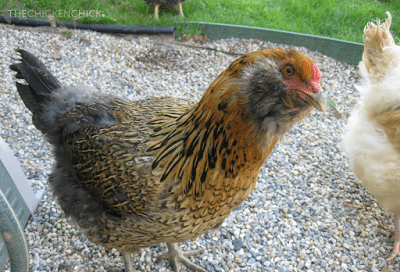
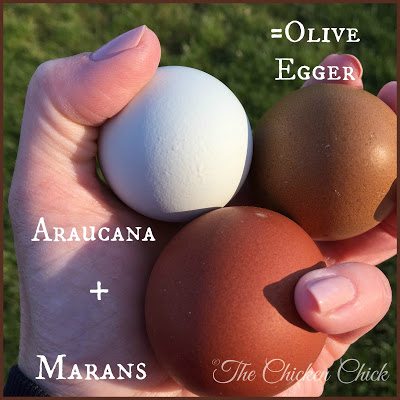
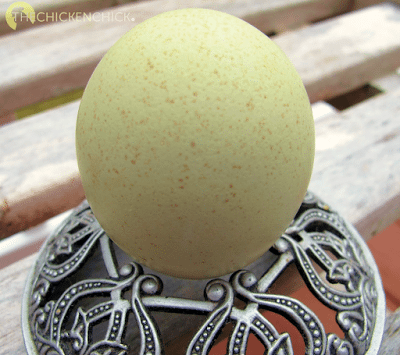
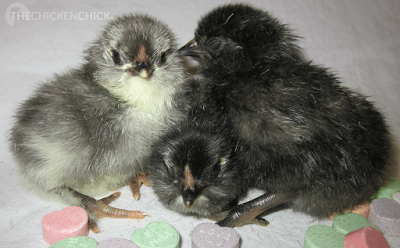


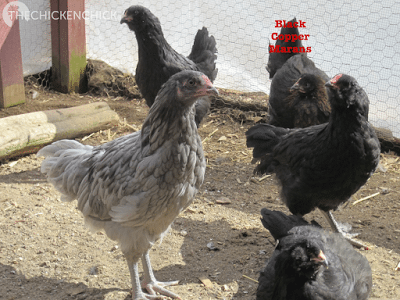
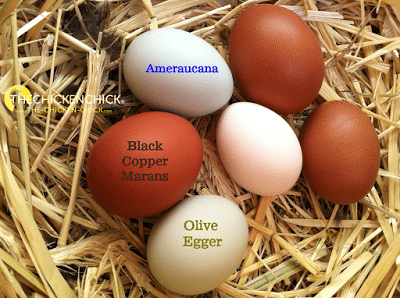
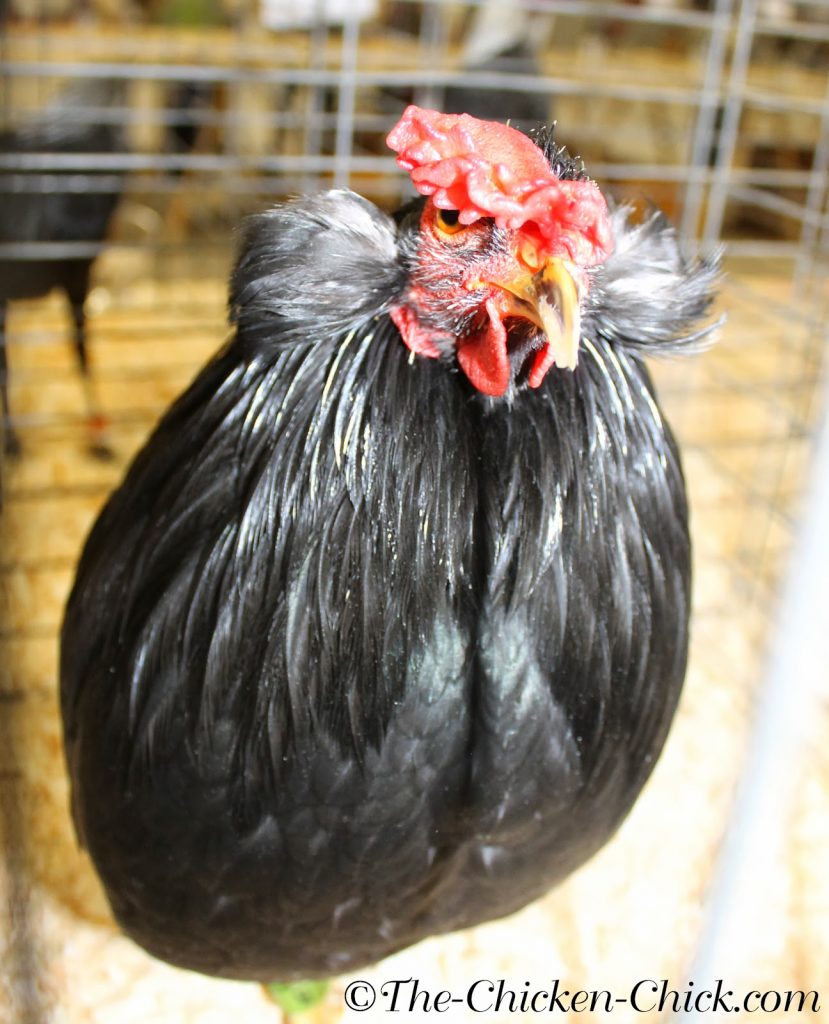
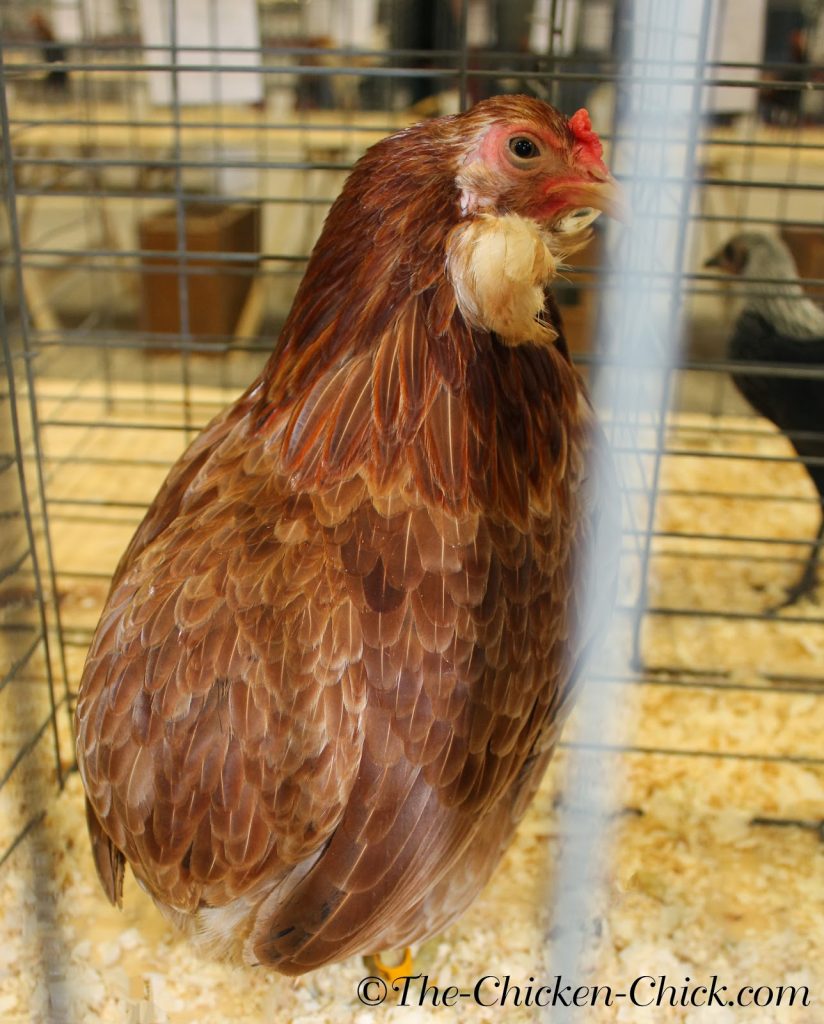
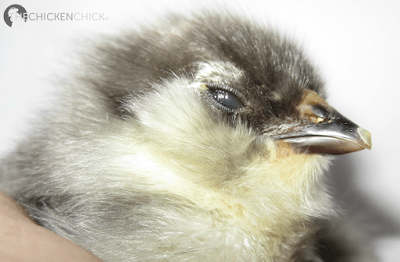
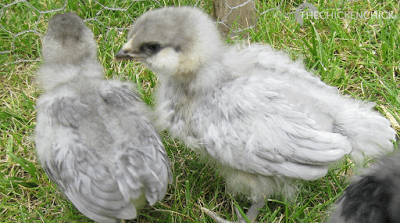
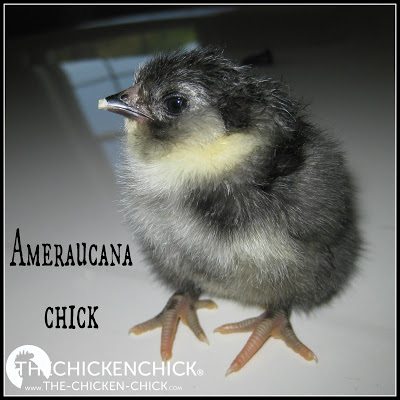
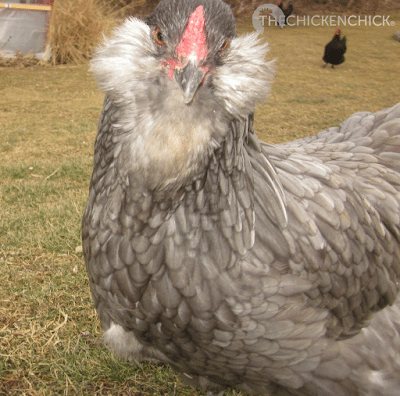
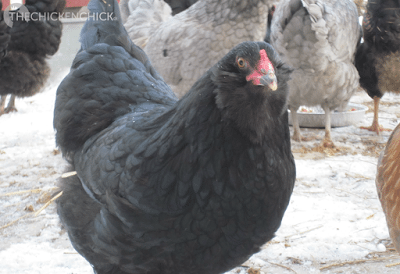
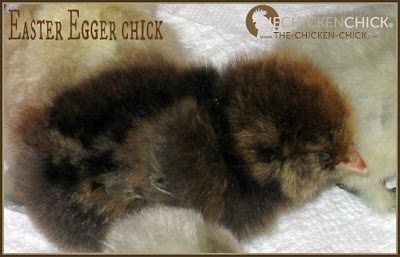
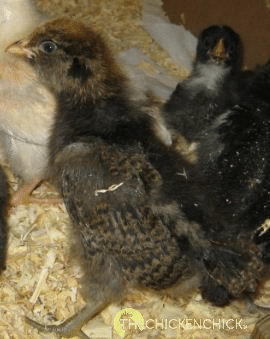
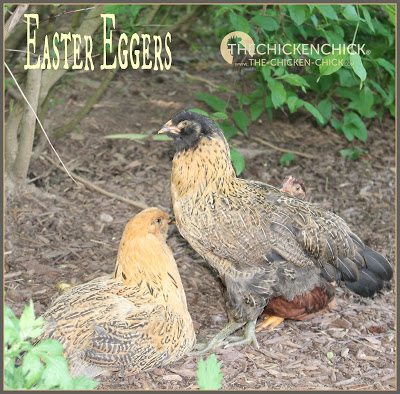
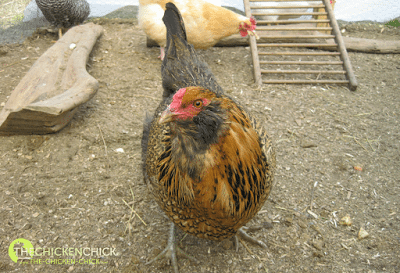
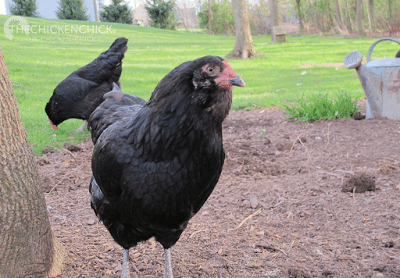
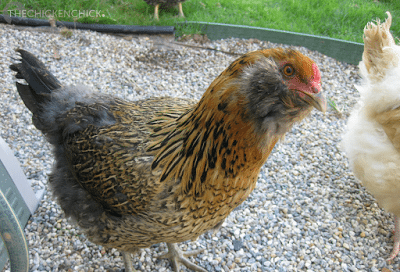














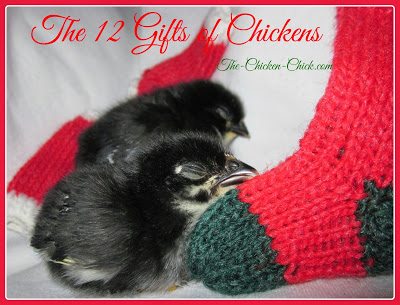
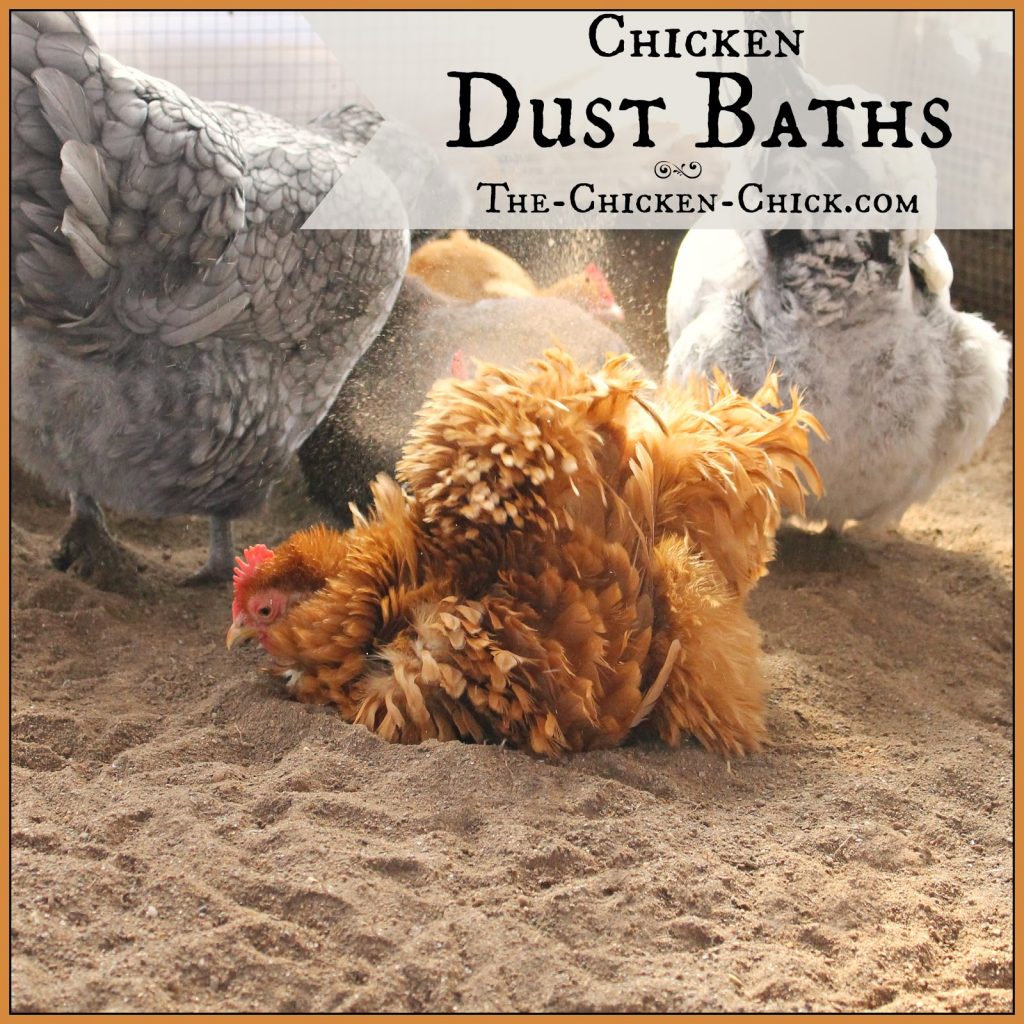









I adopted 8 young chickens last summer… 2 are Barred Rock hens, but i was clueless as to the others! 3 are black hens that are laying green, copper & brown-brownish/pink eggs!! 2 are GORGEOUS roosters, 1 is black/red/copper with ear tufts & the other is black/copper/gold with no tufts… The chicks are black/yellow & 1 is yellow/bronze… Help?
I have 5 Easter Egger chicks, I'm excited to see what color eggs I get. I have one layer now that has blue hues to her eggs! Love my girls!
Thanks Mary. :)
My Easter Egger lost all of her poufy feathers under her beak then went broody has 2 happy chicks from adopted eggs. Will she get her fluff back? She is looking like a 100 yr old man with a ruff neck like that.
Going in a few weeks to get some little ones. Thanks for the clarifications here, Kathy. Very helpful!